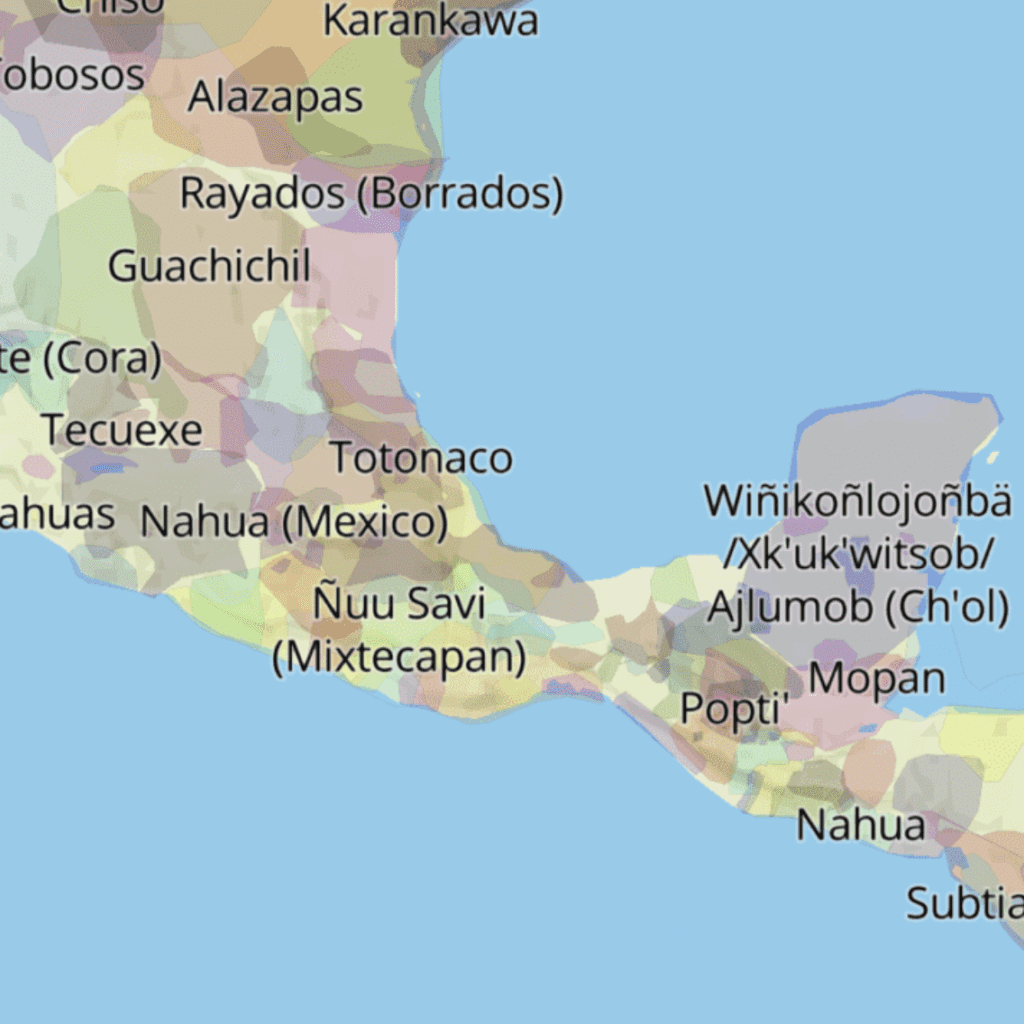At Nurturely, our commitment to inclusivity and cultural sensitivity drives us to constantly evolve and adapt our language and programs. In this spirit, we have embraced the term ‘Latinx’ as a more gender-inclusive alternative. However, the label ‘Latinx’ often inadvertently homogenizes a rich tapestry of identities, cultures, and languages. This realization sparked a deeper exploration into the true diversity of the communities we aim to serve.
Understanding the complexity of these communities extends beyond just language. While we offer programs and trainings in Spanish, catering to the Spanish-speaking community, we recognize that Spanish itself is a vestige of colonial history, not the native tongue of the original American communities. Prior to colonization, the Americas were a mosaic of linguistic diversity, boasting approximately 123 language families with numerous languages and dialects. Prominent indigenous languages like Nahuatl, Taíno, Mayan, Quechua, Aymara, Guarani, and Mapuche paint a picture of this rich linguistic heritage.
The term ‘Latin America’ itself is a product of colonial history, conceived from a Eurocentric perspective and designed to connect the American territories to their European colonizers. This term, however, glosses over the diverse realities of the indigenous, mestizo, and Afro-descendant populations. It was a concept born from a desire to create national states and reinforce white dominance, often at the cost of sidelining the indigenous and Afro communities.
By embracing this complexity, we hope to foster a deeper understanding and respect for the rich cultural diversity that exists within and beyond the ‘Latinx’ community. Our journey is ongoing, and we invite you to join us in this pursuit of inclusive and respectful representation.
